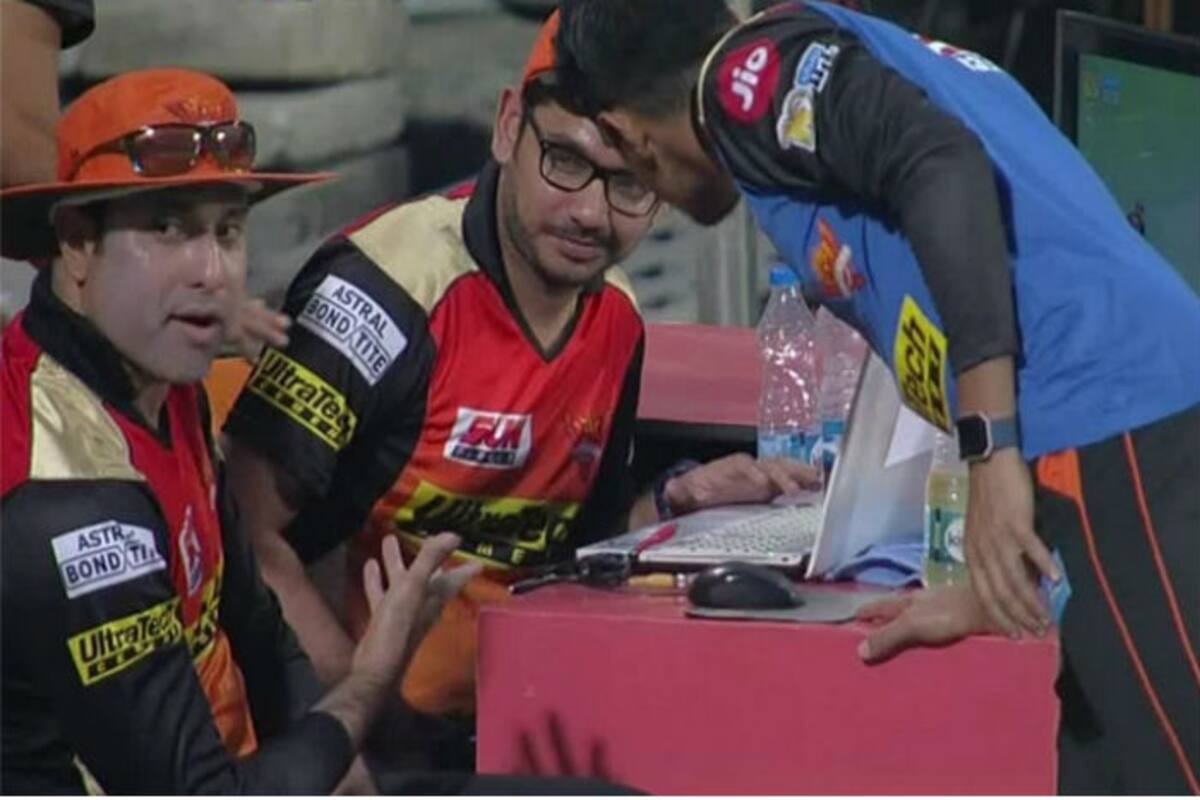Indian Premier League 2021
IPL 2021: How data analytics is changing cricket
From IPL team selections to training kids, technology is revolutionising the game.

From team formulation to in-game strategies, analytics plays a huge role in cricket (Source: India.com)
When an AB de Villiers walks out to bat in an IPL game, the very sight of the genius taking guard is bound to send a cold shiver down the spine of a bowler.
And when the South African gets going while piercing the field with pinpoint precision, you could forgive the bowling captain for not getting his field right.
But what if you knew where de Villiers likes to score an IPL game? How about his scoring rate against seamers? Does he play the leg spinner better than an off-spinner? And where does he hit all of his sixes in the IPL?
While it's hard to stop Mr.360 when he gets going, a bowler with the answers to these questions is highly likely to be better prepared, both tactically and mentally.
Enter data analytics.
The on-field possibilities with off-field analytics
Unbeknown to the television watching cricket fan, tons of data is captured from every cricket match.
A Bumrah dot ball, an Suryakumar Yadav flick over square leg for six, an innocuous single down to long-off, a Maxwell switch-hit – every single bit goes into a computer software.
The geek with a laptop in the team dugout captures all of these on-field occurrences real-time.
The magic thereafter transpires off the field.
With Big Data and Hadoop technologies, analysts are able to draw up the wagon wheel for a batsman's knock, map his scoring areas to select bowlers and the lengths that they challenged him with.
The larger the sample size of such data, the more one learns about a given batsman.
The same applies to a bowler as well.
Boundaries conceded for a certain length are tracked with ease. The 'pitch map' reveals the lengths of a bowler to a select batsman and corresponding outcomes – runs scored and wickets picked.
While the flaws are laid bare for all to see, the ensuing takeaways are immense.
Predictive intelligence
In the 2015 ICC Cricket World Cup, IBMs 'ScoreWithData' innovation, called out Imran Tahir as the 'Power Bowler' for a knockout fixture against Sri Lanka.
Sure enough, the Proteas won and the leg-spinner excelled.
With the amalgamation of data and software, performance predictions are realistic and accurate.
Broadcasters lap up smart predictions as well.
The next time you watch an 'India wins when Virat Kohli scores a ton' message during a live India telecast, it is the analytics that is at play.
As is the case with score forecasting in keeping with a current on-field run rate. These real-time projections are constantly relayed to the batsmen in a game to enable a batting pair to either up the ante or exercise caution.
The Win and Score Predictor (WASP) is increasingly gaining in popularity as well.
Powered by complex algorithms, the first innings score of a cricket match can be computed as it unfolds and thereafter, the win probability of an ensuing run chase.
This is possible owning to the analysis of tons of historical data for a given venue, pitch, weather conditions, players, scoring rates and the team itself.
Smart-sensors to hand the edge
Advances in technology are not limited to just the analysis of runs, wickets and catches. Instead, 'wearable tech' is fast emerging as a nice-to-have tool in cricket.
Take the product of Anil Kumble's company Spektacom for instance.
An innocuous sticker goes on the back of a cricket bat. That said, the sticker is not ordinary by any stretch of the imagination.
The Powerbat technology-enabled sticker captures bat speed, impact on the ball and several other vital statistics from a batsman's inning.
Such is the technology that, once back in the hut, the story of his willow unfolds before him on a mobile app, replete with graphics and visual representations.
The introduction of Internet of Things (IoT) lends a new fillip to the space.
Meanwhile, StanceBeam, a Bangalore based firm, is one of several players in the smart cricket bat sensor market.
A small device mounted on the top of a bat's handle turns the bat into a living and breathing instrument.
From shot efficacy and timing to power factors and bat swing, the device captures it all and the power of IoT ensures that a 360-degree performance analysis is delivered to an Android or iOS app on a real-time basis.
With several of these products priced at an attractive range, coaching institutes are now using them to train youngsters coming through the ranks.
The power previously available to professionals at the highest level is now readily available to teenage aspirants with the IPL dream.
Analytics and related technological advancements are thus changing the landscape and levelling the playing field.
Data-driven decision making, therefore, has and will continue to transform the game as we know it.
A well trained and better-prepared cricketer, now knows more about his opposition than he did before.
Add humans instincts to this and what you see on the playing field is an intelligent warrior, equipped with enough data to alter the course of a cricket match.
So the next time de Villiers walks out to bat against your favourite team, breathe easy, for your skipper has indeed done his homework, thanks to data analytics.
